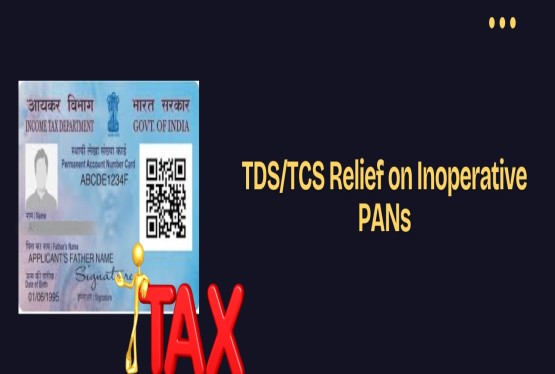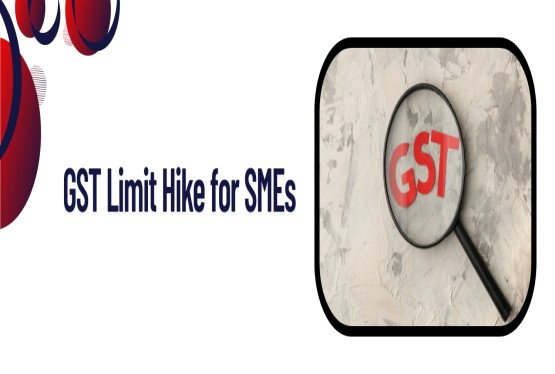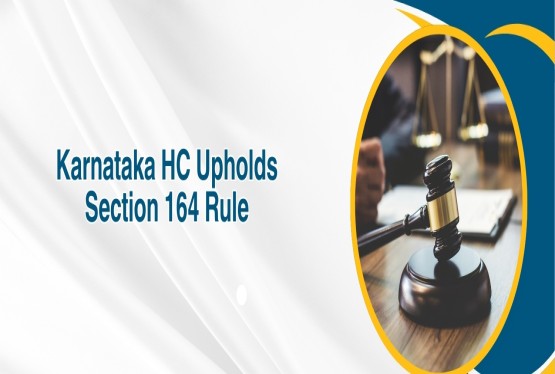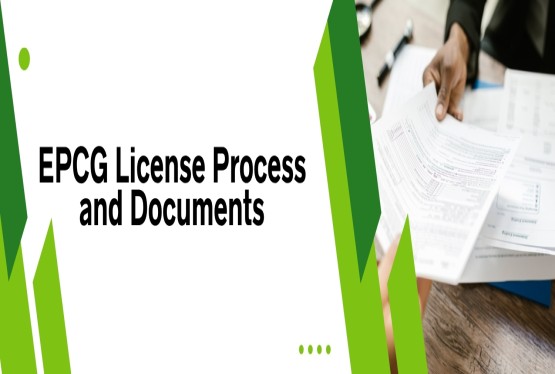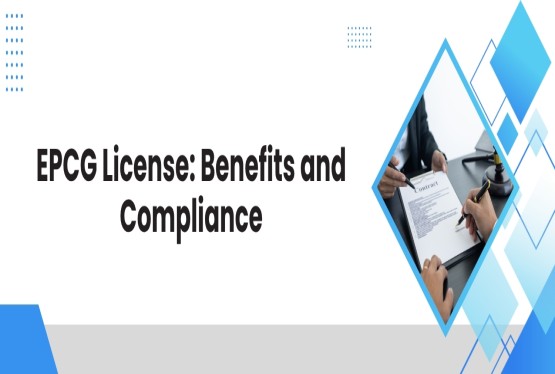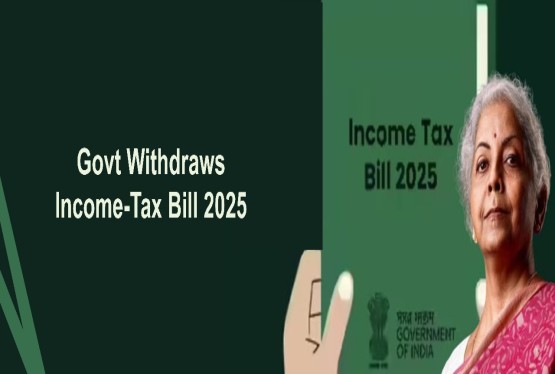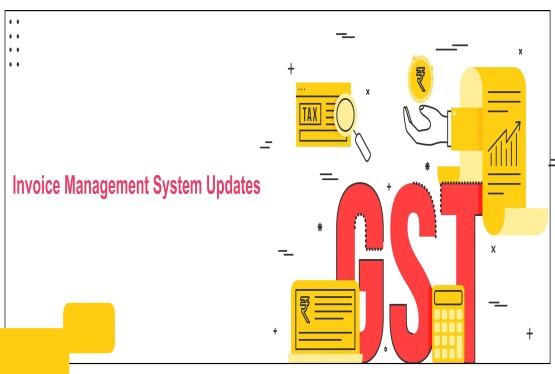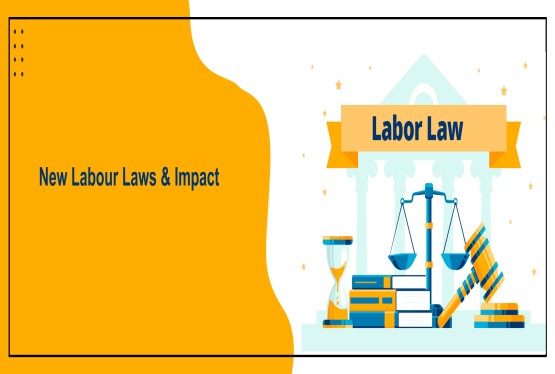If you have engaged in cryptocurrency trading, investment, or received digital assets like NFTs during the financial years 2022–23 or 2023–24, you must immediately review your Income Tax Return (ITR). The Income Tax Department of India has started issuing Crypto ITR Notices to individuals who have not correctly reported their Virtual Digital Asset (VDA) income. This step is part of a larger crackdown on tax evasion involving cryptocurrencies. These Crypto ITR Notices are being sent based on data from cryptocurrency exchanges and TDS filings under Section 194S. The tax authorities are using this data to detect mismatches between declared income in the ITR and third-party information. If you have failed to report crypto transactions or have declared incorrect figures, you may receive a notice that could lead to penalties, interest, or scrutiny.
Who is Receiving Crypto ITR Notices and Why?
The Income Tax Department is targeting individuals who participated in cryptocurrency transactions but did not declare their income accurately. Notices are being issued when discrepancies are observed between your filed ITR and data reported by third parties such as crypto exchanges or TDS statements. The department uses reports filed under Section 194S, Annual Information Statements (AIS), and exchange data to cross-verify the crypto transactions.
Even small investors or those who traded casually are under the scanner. For example, if a taxpayer made a profit of Rs. 1.8 lakh by buying and selling crypto in FY 2022–23 but failed to declare it in Schedule VDA, this could result in a Crypto ITR Notice, especially if TDS was already deducted by the exchange.
Why You Should Review Your ITR Immediately?
Cryptocurrency transactions are now closely monitored by the Income Tax Department. If you have reported crypto income inaccurately or failed to fill Schedule VDA in your ITR, it can create discrepancies. These mismatches are easily identified through:
-
Details provided by cryptocurrency exchanges
-
TDS statements under Section 194S
-
Your Annual Information Statement (AIS)
-
Form 26AS records
The department uses this data to compare what was declared in your ITR. If your crypto earnings are reflected in AIS or Form 26AS but are missing from your ITR, it will most likely result in a notice.
Example of a Common Mistake
An individual bought and sold crypto assets throughout FY 2022–23, making gains of Rs. 1.8 lakh. They did not report this income in their ITR, assuming the gains were too small or not taxable. Meanwhile, the exchange deducted TDS of Rs. 1,800 and reported it to the tax department. This discrepancy showed up in the AIS and triggered a Crypto ITR Notice.
Are You at Risk? Ask Yourself These Questions
To understand your risk level, answer the following:
-
Did you buy, sell, or trade in crypto or NFTs in the past two years?
-
Did you forget to fill Schedule VDA in your ITR?
-
Did you underreport the actual profits made from crypto transactions?
-
Did you incorrectly claim deductions like expenses or loss set-offs?
-
Was TDS deducted on crypto payments made or received by you?
If you answered "yes" to any of the above, it is critical that you review your tax filings immediately. Failure to act now could result in penalties or legal consequences.
Special Note for NRIs
Even if you are a Non-Resident Indian (NRI), crypto transactions involving Indian exchanges or carried out in Indian currency (INR) may attract Indian tax liability. This is governed under Section 115BBH of the Income Tax Act. You are still required to report such income in your ITR.
Crypto Taxation Under Section 115BBH
The Finance Act, 2022, introduced specific provisions to regulate crypto taxation. Income from Virtual Digital Assets (VDAs) is now governed by Section 115BBH of the Income Tax Act. Below is a summary of the key rules:
Tax Rate
A flat 30% tax is applicable on gains made from the transfer of VDAs, including cryptocurrencies and NFTs. There is no slab rate benefit, and this applies even to small investors.
TDS
1% TDS is applicable under Section 194S on transactions exceeding Rs. 10,000 in a financial year. Exchanges deduct this at the time of transaction.
Deductions
The only allowable deduction is the cost of acquisition. No deductions for expenses like brokerage, electricity, or internet costs are allowed.
Loss Set-Off
Losses incurred from crypto trading cannot be set off against any other income, nor can they be carried forward to future years.
Reporting
All crypto income must be reported in Schedule VDA of the ITR. Failure to do so is considered non-compliance.
Steps to Take Immediately If You’re Involved in Crypto
1. Review Your Filed ITR for Crypto Reporting
Visit the Income Tax e-Filing Portal and review your filed ITR for Assessment Years 2023–24 and 2024–25. Look into whether:
-
You declared your total crypto income
-
Schedule VDA was filled correctly
-
The tax was calculated at the mandatory flat rate of 30%
If you spot any errors or omissions, consider filing an updated return to rectify the issue.
2. Download AIS and Form 26AS
Log into the e-Filing portal and download your AIS and Form 26AS from the “My Account” section. These documents show all the transactions reported by third parties.
-
AIS will list transactions involving VDAs
-
Form 26AS will show any TDS deducted under Section 194S
Compare the information in these documents with your ITR. If there is crypto income reflected in AIS or Form 26AS but not reported in your ITR, this mismatch can result in a Crypto ITR Notice.
3. Reconcile with Exchange Transaction Reports
Log into your crypto exchange accounts and download detailed transaction statements. Calculate your gains or losses for each financial year and match them with:
-
What was reported in your ITR
-
What is reflected in your AIS and Form 26AS
Ensure that every buy and sell transaction, TDS, and net gains match accurately. This reconciliation is essential to avoid notices and penalties.
4. File an Updated Return (ITR-U) if Required
If discrepancies are found, file an Updated Return under Section 139(8A). This allows correction of mistakes or omission of income voluntarily within 24 months from the end of the relevant assessment year.
-
If filed within 12 months, you need to pay an additional 25% of the tax and interest due
-
If filed after 12 months but before 24 months, the additional amount is 50%
Filing an updated return helps you avoid scrutiny and shows that you’re taking compliance seriously.
5. Keep Proper Documentation Ready
Maintain proper records even if you’ve reported everything correctly. These include:
-
Crypto wallet records and transaction logs
-
Exchange trade summaries
-
TDS certificates (Form 16A issued by the exchanges)
-
Self-prepared gain calculation sheets
Having proper documentation ensures that you can respond effectively if questioned by tax authorities.
Consequences of Ignoring a Crypto ITR Notice
Ignoring a Crypto ITR Notice can lead to severe consequences. These include:
-
Scrutiny under Section 143(2)
-
Reassessment of income under Section 148
If the discrepancy is confirmed, you may have to pay:
-
Interest under Sections 234A, 234B, and 234C
-
Penalty under Section 270A, which can range from 50% to 200% of the tax amount
-
In cases of deliberate concealment, prosecution under Section 276C is also possible
Even small-scale traders can face these penalties if the system detects inconsistencies in the declared income.
Final Checklist to Avoid Crypto ITR Notice
Before a Crypto ITR Notice is issued to you, take the following proactive steps:
-
Download and review your filed ITR
-
Download AIS and Form 26AS to cross-check third-party data
-
Reconcile all crypto transactions using exchange statements
-
File an ITR-U if any income was omitted
-
Consult a tax professional if needed
How CBDT is Tracking Crypto Compliance
The Central Board of Direct Taxes (CBDT) is adopting a data-driven approach for ensuring tax compliance. Under its "Non-intrusive Usage of Data to Guide and Enable" (NUDGE) initiative, the department is sending alerts and reminders to taxpayers who may have failed to report crypto income.
Using data analytics, the CBDT compares TDS filings, AIS, and exchange records to identify underreporting. This system allows them to reach out directly to taxpayers via SMS or emails. If you have received any such alert, it is a warning signal to check and correct your filings.
How Compliance Calendar LLP Can Help You?
At Compliance Calendar LLP, we understand the complexities involved in reporting crypto transactions. Our team helps taxpayers with:
-
Reconciliation of crypto transactions and income
-
Filing of Updated Returns under Section 139(8A)
-
Reviewing AIS and TDS information for mismatches
-
Ensuring full compliance with Section 115BBH
If you are unsure how to calculate gains or report crypto income, our experts can assist you in making accurate declarations, avoiding penalties, and staying compliant with the law. Don’t wait for a Crypto ITR Notice to reach you, take control now and ensure your crypto income is correctly reported. If you need any support, book a consultation with Compliance Calendar LLP experts through mail at info@ccoffice.in or Call/Whatsapp at +91 9988424211.
FAQs
Q1. What is a Crypto ITR Notice and why am I receiving it?
Ans. A Crypto ITR Notice is issued by the Income Tax Department when there is a mismatch between your reported income in the Income Tax Return (ITR) and the crypto transaction data received from exchanges, AIS, or TDS filings under Section 194S. You may receive it if you failed to declare crypto gains, did not fill Schedule VDA, or claimed ineligible deductions.
Q2. What is Schedule VDA in the ITR, and who needs to fill it?
Ans. Schedule VDA is a mandatory section in the ITR for disclosing income from Virtual Digital Assets like cryptocurrencies and NFTs. Anyone who has bought, sold, traded, or received VDAs during the financial year must fill this schedule, regardless of whether the transactions resulted in gains or losses.
Q3. I made small profits from crypto trading. Do I still need to report it in my ITR?
Ans. Yes, even small profits must be reported in Schedule VDA and taxed at a flat rate of 30% under Section 115BBH. There is no threshold limit for exemption from disclosure. Not reporting small gains can still trigger a Crypto ITR Notice, especially if TDS has been deducted and reported by the exchange.
Q4. Can I claim deductions like internet charges or transaction fees against my crypto income?
Ans. No, under Section 115BBH, you are only allowed to deduct the cost of acquisition of the crypto asset. No other expenses like electricity, brokerage, internet, or platform charges are permitted. Any such deduction claim will be considered invalid.
Q5. I forgot to report my crypto gains in ITR. How can I correct it now?
Ans. You can file an Updated Return (ITR-U) under Section 139(8A) within 24 months from the end of the relevant assessment year. If filed within 12 months, an additional 25% tax and interest must be paid; if between 12–24 months, the penalty increases to 50%. This helps you correct errors and avoid legal consequences.
Q6. How does the Income Tax Department know about my crypto transactions?
Ans. The department collects data through crypto exchanges (Virtual Asset Service Providers), TDS filings under Section 194S, your Annual Information Statement (AIS), and Form 26AS. These sources help them detect undeclared or underreported crypto income and issue Crypto ITR Notices accordingly.
Q7. What happens if I ignore a Crypto ITR Notice?
Ans. Ignoring a Crypto ITR Notice can lead to severe consequences, including scrutiny under Section 143(2), reassessment under Section 148, interest under Sections 234A/B/C, penalties up to 200% under Section 270A, and even prosecution under Section 276C for willful concealment. It's best to act promptly and ensure compliance.








_crop10_thumb.jpg)




































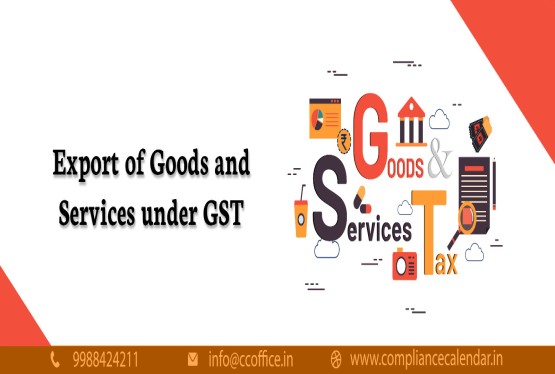













































_for_FY_2025-26_crop10_thumb.jpg)



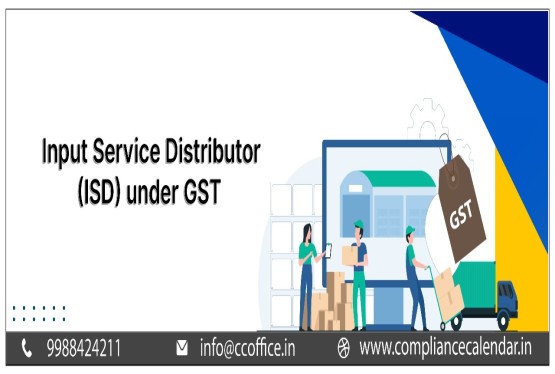








_learn_crop10_thumb.jpg)








_Filing_Due_Dates_for_FY_2024-25_learn_crop10_thumb.jpeg)
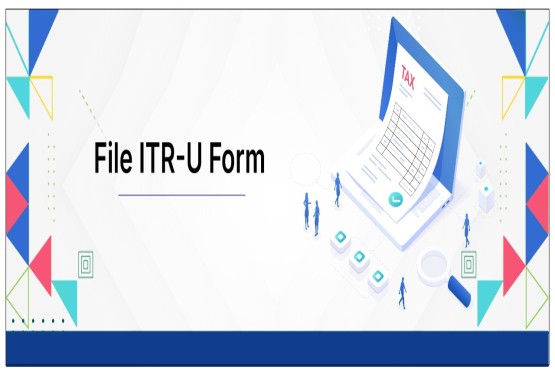

























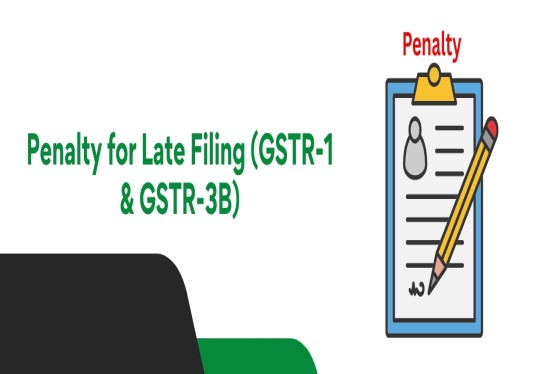












_of_GST_Act_learn_crop10_thumb.jpg)










_Under_GST_learn_crop10_thumb.jpg)









_crop10_thumb.jpg)


_crop10_thumb.jpg)






_learn_crop10_thumb.jpg)






















_of_the_Income_Tax_Act_learn_crop10_thumb.jpg)



_learn_crop10_thumb.jpg)
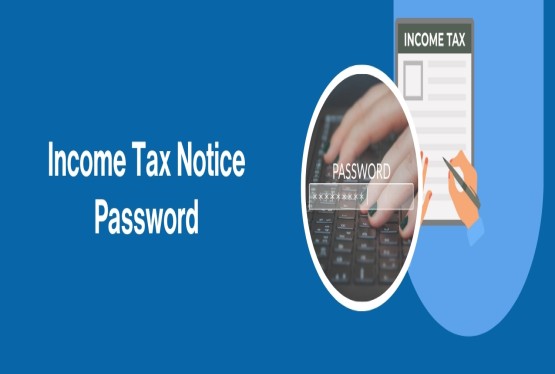





_learn_crop10_thumb.jpg)






_crop10_thumb.jpg)




















_in_The_Income_Tax_Act,_1961_learn_crop10_thumb.jpg)



_learn_crop10_thumb.jpg)



_of_the_Income_Tax_Act_learn_crop10_thumb.jpg)


_Of_Income_Tax_Act_learn_crop10_thumb.jpg)








_learn_crop10_thumb.jpg)








_learn_crop10_thumb.jpg)
_crop10_thumb.jpg)





















_learn_crop10_thumb.jpg)
_for_Import_and_Export_learn_crop10_thumb.jpg)











